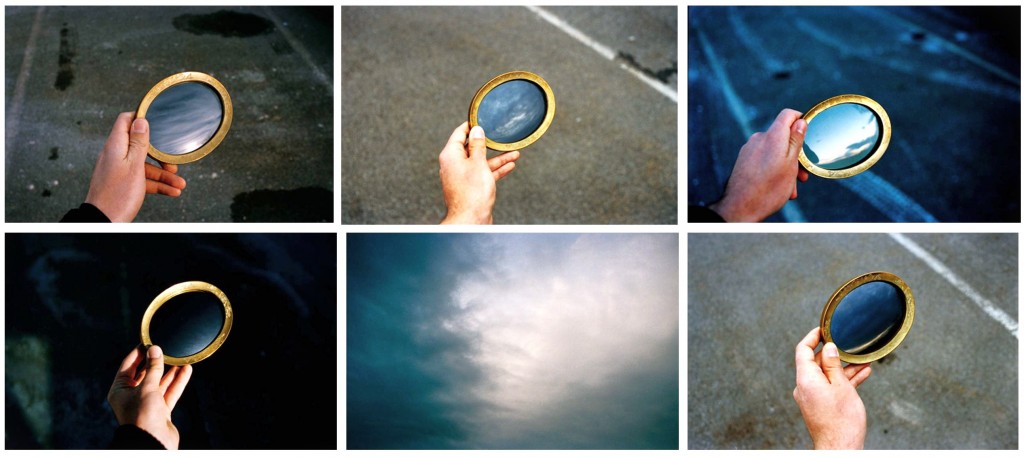
Rob Horning has been working on the topic of the “Data Self.” His project has a close parallel to my own work and after reading his latest post, I’d like to jump in and offer a conceptual distinction for thinking about the intersection of the online/data/Profile and the offline/Person.
The problem is that our online presence is too often seen as only the byproduct of our offline selves. Sometimes we talk about the way online profiles are passive reflections of who we are and what we do and other times we acknowledge our profiles are also partly performative adjustments to the “reality” of the person. However, in all the discussion of individuals creating this content what is often neglected is how the individual, in all of their offline experience, behavior and existence, is simultaneously being created by this very online data. We cannot describe how a person creates their Profile without always acknowledging how the Profile creates the person.




